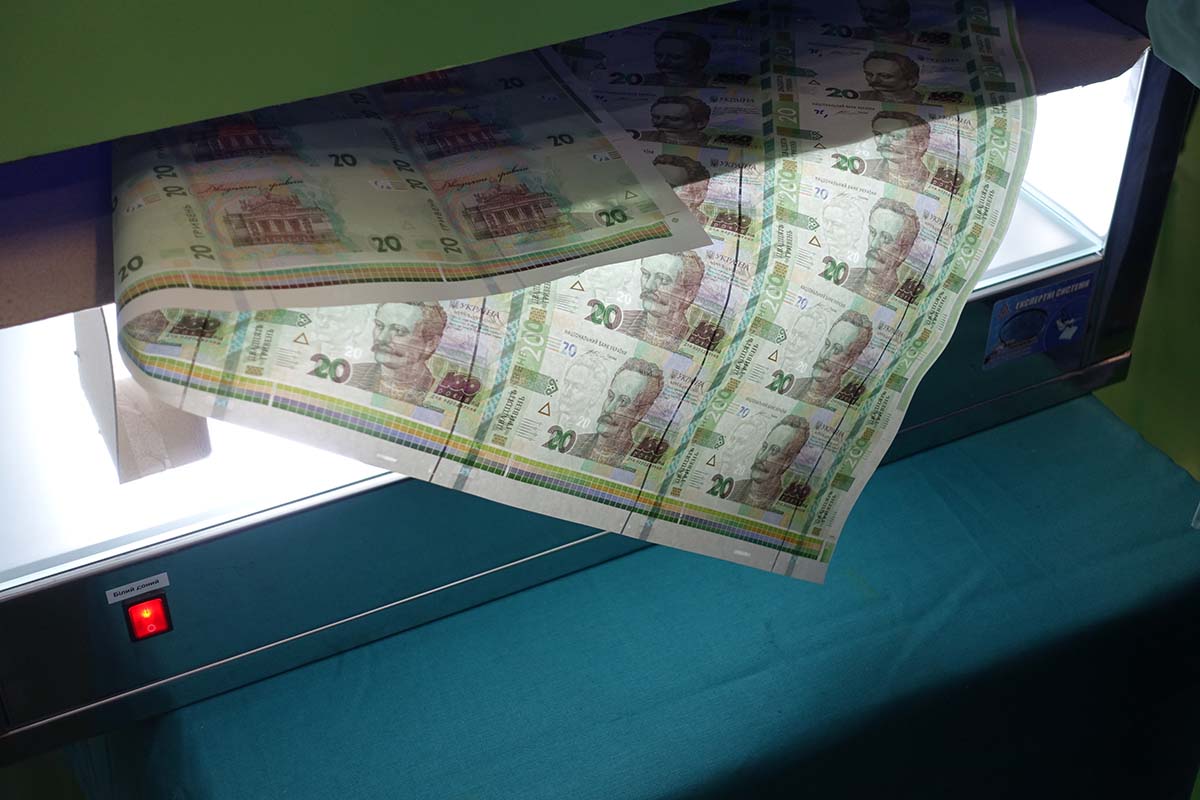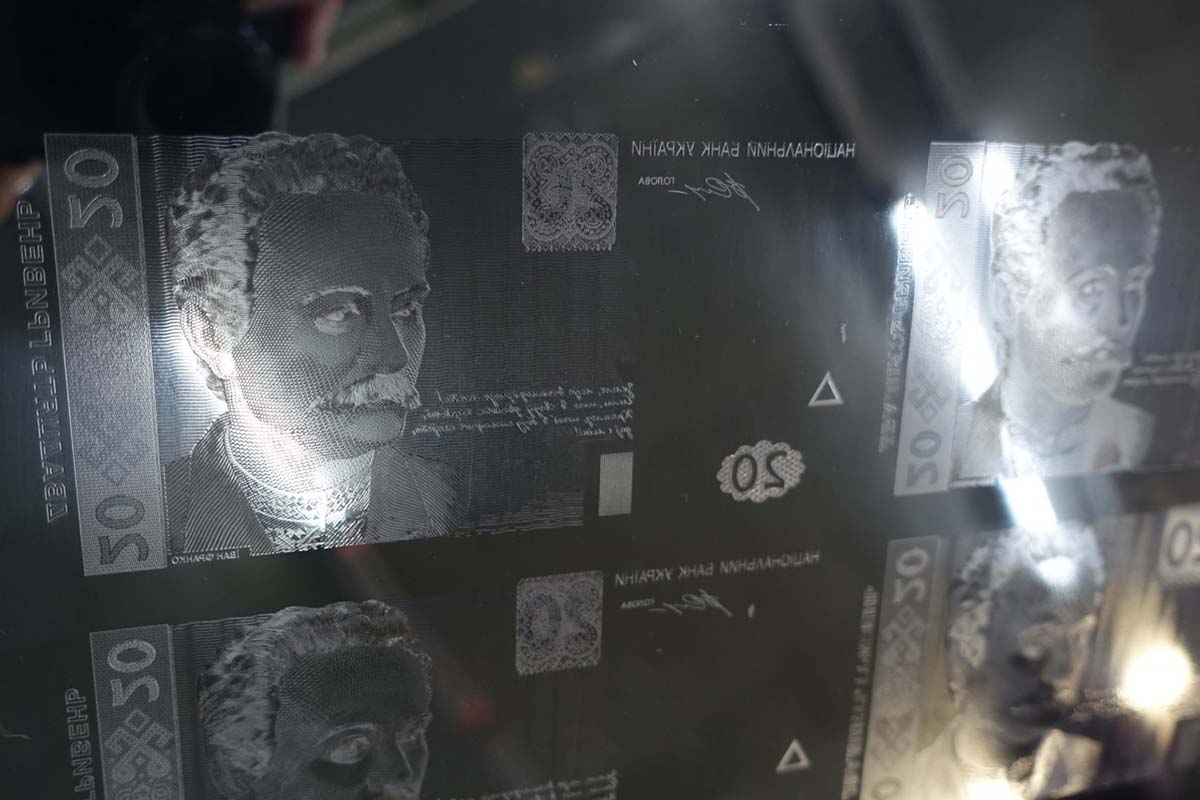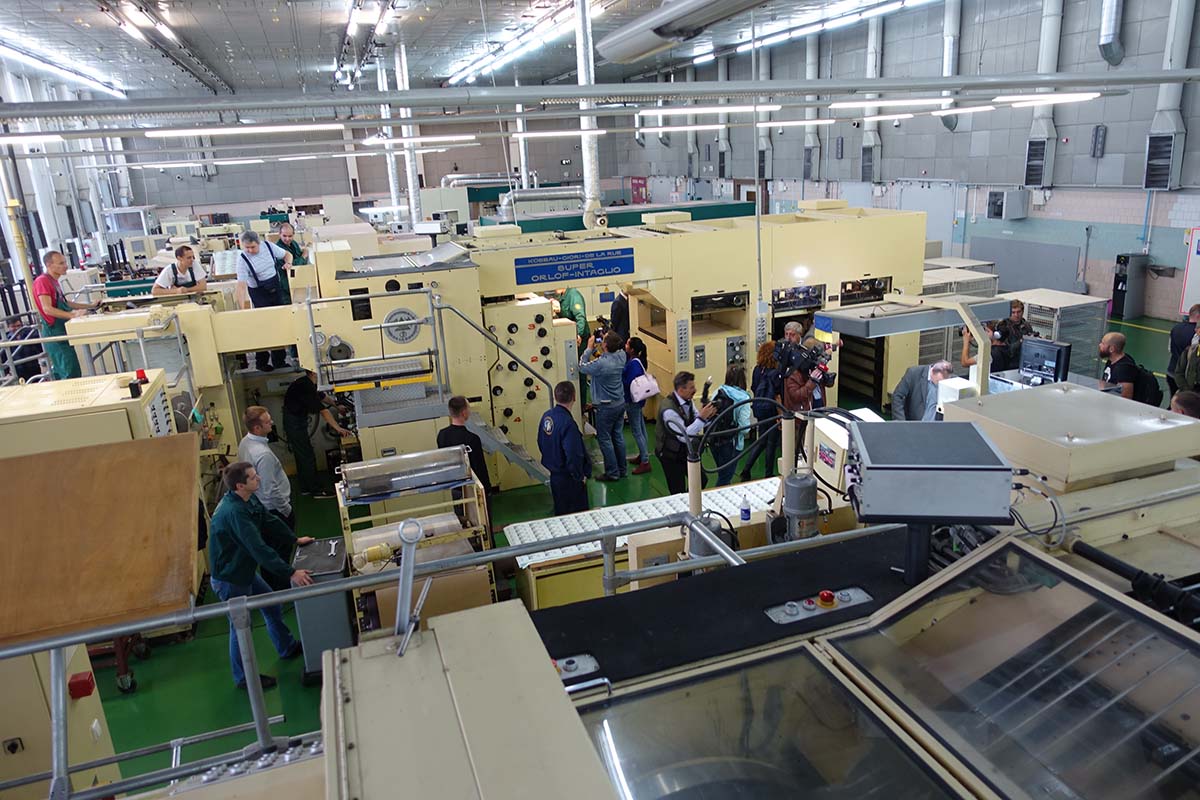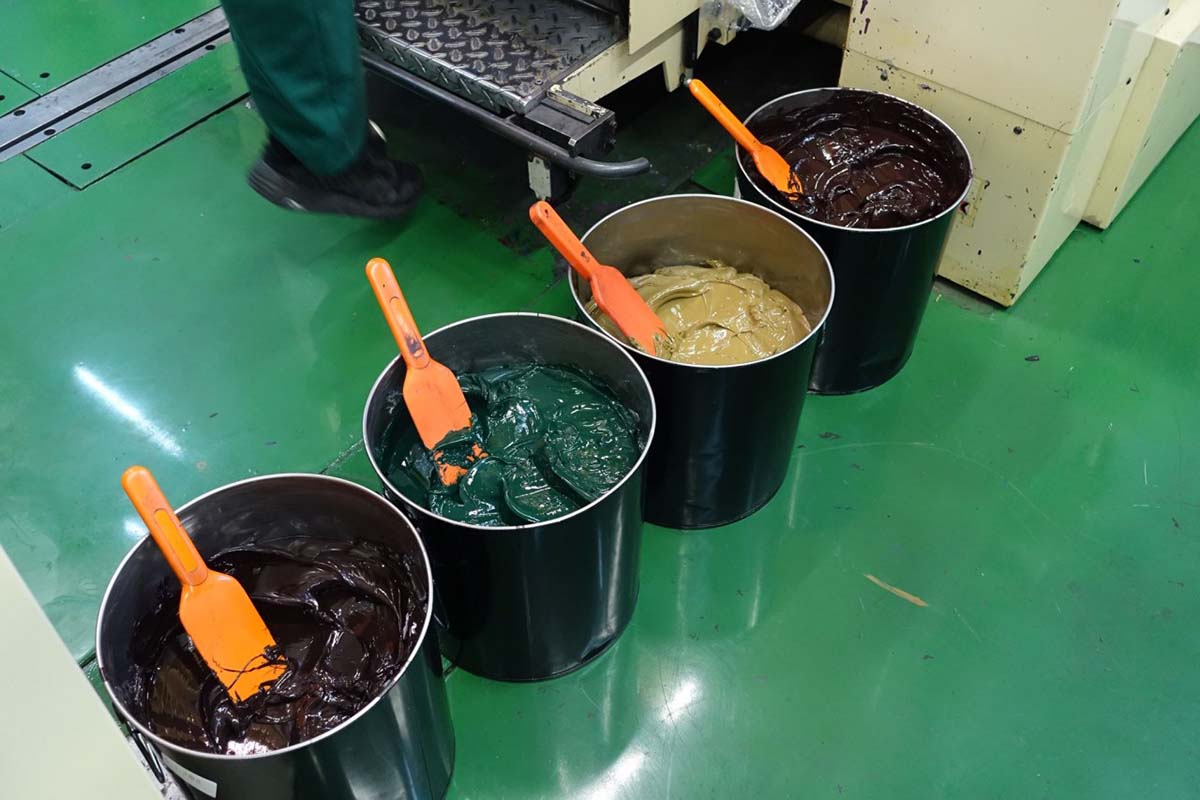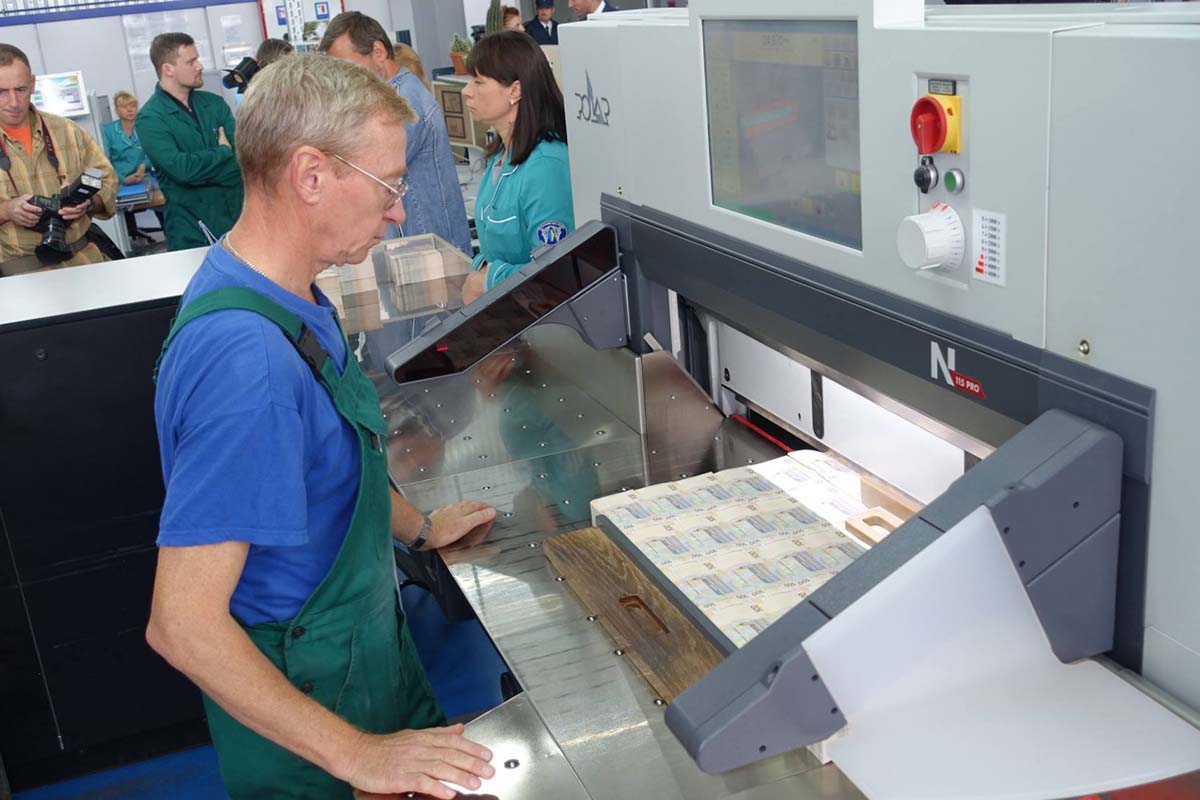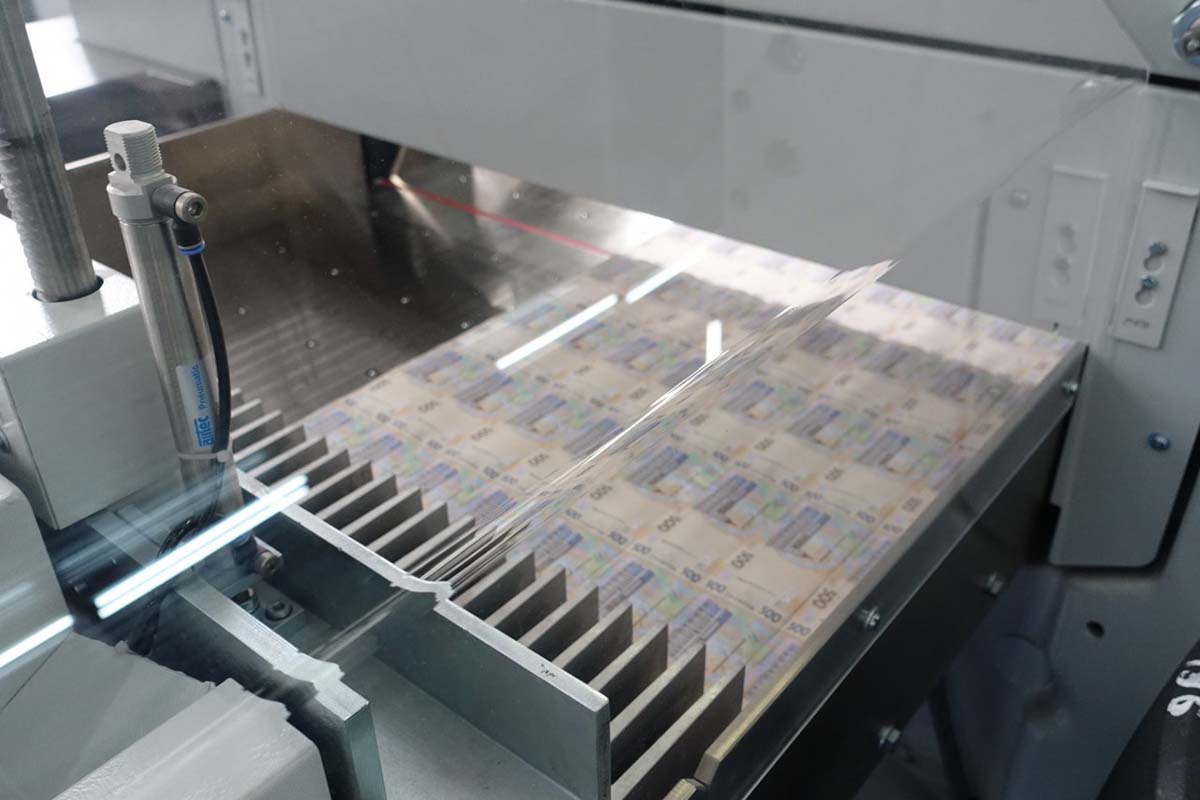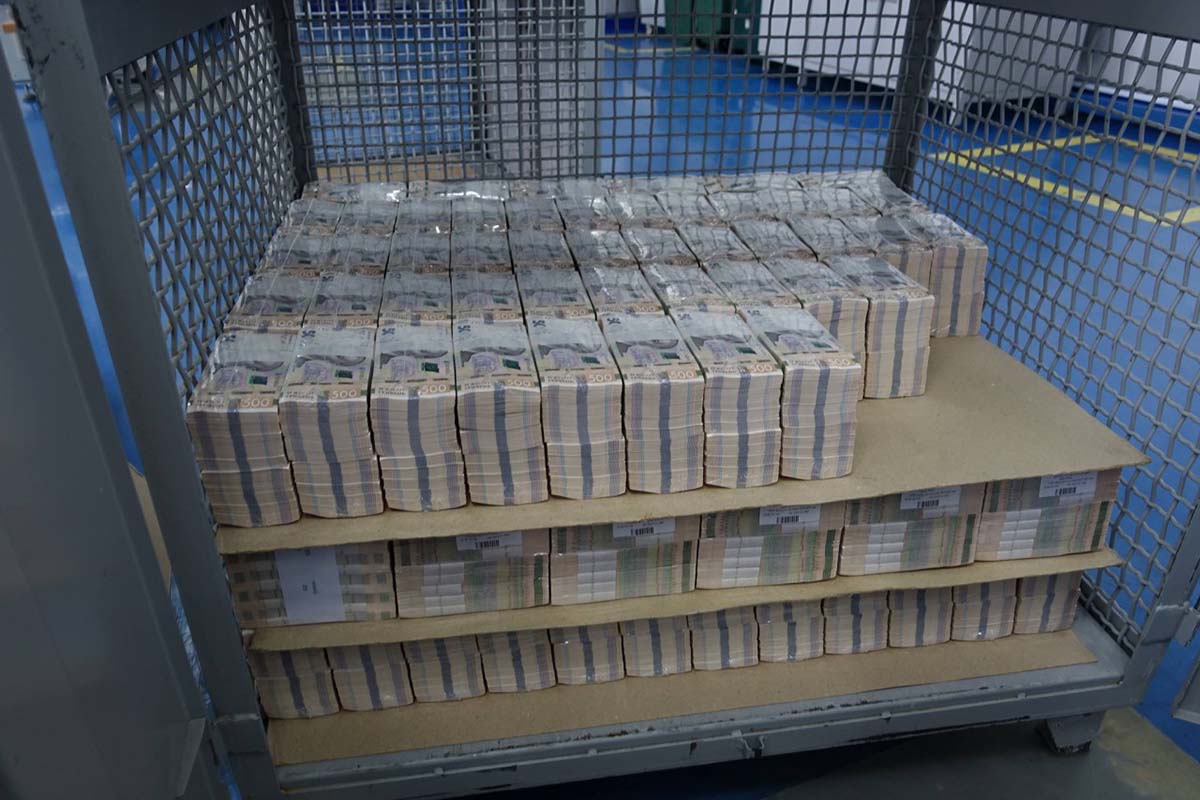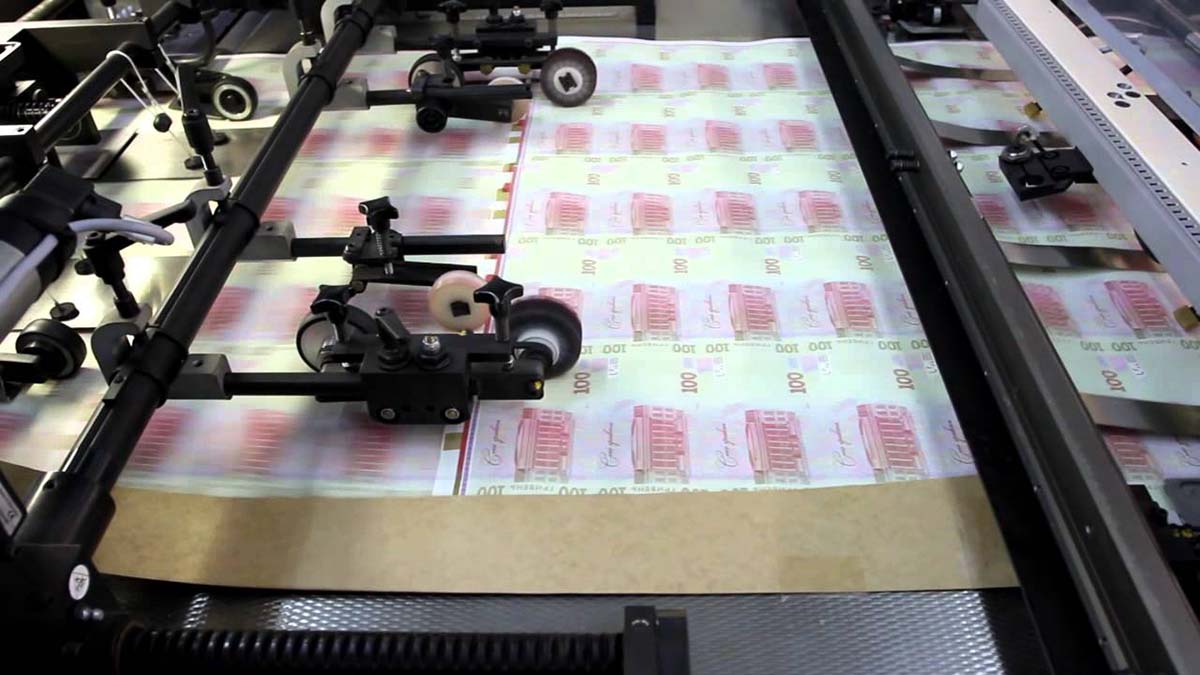The NBU Banknote and Mint specializes in the production of forms of securities, strict accounting documents and postal payment marks, as well as securities ordered by foreign states. The banknote factory was opened in March 1994. When printing banknotes and securities, technologies such as rainbow Oryol offset printing and Oryol (relief) printing are used. The factory produces banknotes for the monetary circulation of Ukraine. The capacity of the banknote factory is 1.5 billion banknotes or other secure printed products. The Mint was founded in April 1998, after the closure of the Lugansk Mint, from which equipment for the production of circulating coins was transported to Kyiv. With the participation of specialists from the Austrian Mint, installation and commissioning work was completed and the first stage of this enterprise was officially put into operation, namely the production of commemorative and anniversary coins from precious and base metals and alloys. In the same year, National Bank of Ukraine established a production base for the production of mass circulation coins, commemorative and anniversary coins, award products.
This is interesting!
1. The banknote and mint of the NBU is located in the buildings of the former Almaz plant. The enterprise was built with the aim of producing military equipment intended to combat the American Star Wars program. After the collapse of the USSR, the military industry was left without funding and the plant ceased production, and over time it became completely unnecessary.
2. Before a pack of already printed sheets of banknote paper reaches the processing workshop for cutting into banknotes, the automation recalculates it 18 times. If at least one sheet is suddenly discovered missing, the machine immediately stops and clamps the stack so that it cannot be pulled out.
3. Defective sheets are not simply thrown into the trash – a special apparatus grinds them almost into powder and presses them into briquettes, which are then buried in a special landfill.
4. Inks for printing money are produced in a factory. Ukraine avoids buying paints abroad, since then there could be a leak of information about their composition, because the paint recipe is a state secret.
The mint uses computer-controlled hydraulic presses. In 2001, the mint became a full member of the international organization “Conference of Mint Directors”. That same year, the silver Nativity coin, minted in 1999, was voted the world’s best coin in the “Most Inspiring Coin” category. The nickel silver coin with tampon printing elements “Ukrainian embroidered shirt” became the winner of the traditional competition “Best Coin of the Year of Ukraine” for 2013, and the coin “Bustard” was recognized as the best in the category “Best Artistic Solution”. The production of circulating coins began in 2000, when a batch of coins with a face value of 1 kopeck was issued. Since 2001, a coin with a denomination of 1 hryvnia began to be minted. Since 2002 – 2 kopecks. Since 2003, the annual production of coins of all denominations from 1 to 10 kopecks began, and since 2006 – 25 and 50 kopecks. The annual capacity of the mint is 100,000,000 circulating and change coins, 1,000,000 commemorative and commemorative coins and 200,000 orders and medals.
By 2010, a technical update of the minting press fleet was carried out: 10 new high-speed modern automatic minting presses from the German company “Grebener”, 6 automatic presses from another German company “Schuler” were installed, a separate press is designed for minting bimetallic coins from base metals. This made it possible to increase production volumes to 1.2 billion small change coins per year.
In 2014, a project developed by the banknote and mint together with the monetary circulation department of the national bank was implemented to replace the material for the production of small change coins in denominations of 10, 25 and 50 kopecks. Using low-carbon steel with galvanic brass coating instead of expensive aluminum bronze resulted in savings of about 87,000,000 hryvnia in just one year.
Where is the banknote and mint of the NBU?
Meliorativnaya street, 6
